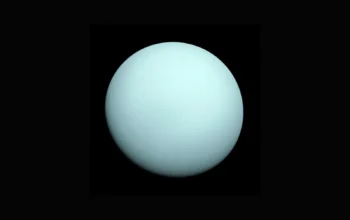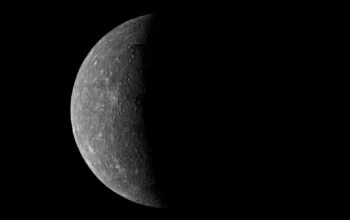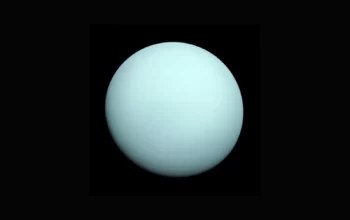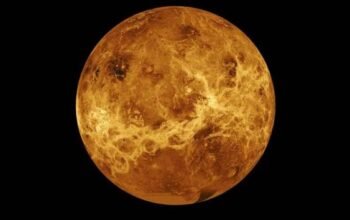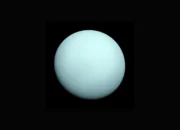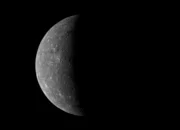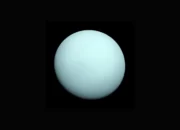middleportal.com – The Milky Way, our home galaxy, is a fascinating celestial structure that has captivated the curiosity of astronomers for centuries. When pondering its shape, one might imagine a perfectly symmetrical spiral, but the reality is far more intriguing. In this article, we will explore the shape of the Milky Way galaxy and delve into recent discoveries that have reshaped our understanding of its structure.
The Barred Spiral Galaxy
The Milky Way is classified as a barred spiral galaxy, a type of galaxy characterized by a central bar-like structure with spiral arms emanating from the ends of the bar. With an average visible diameter of 1.9 million light-years, it is a vast cosmic entity that stretches across the heavens. The D25 isophotal diameter, which measures the extent of the galaxy’s brightness, is estimated to be around 26.8 ± 1.1 kiloparsecs (87,400 ± 3,600 light-years).
The Oblong and Tilted Stellar Halo
Traditionally, astronomers believed that the Milky Way’s stellar halo, a cloud of stars surrounding the galaxy, was mostly spherical, resembling a beach ball in shape. However, recent observations and advancements in our understanding have unveiled a surprising revelation. The stellar halo is not a perfect sphere but rather oblong and tilted, akin to a football just after being kicked.
This new model of the Milky Way’s shape has challenged our previous assumptions and added a layer of complexity to its structure. The wobbly uncooked pizza crust analogy provides a vivid image of the galaxy’s irregular shape, emphasizing its dynamic and ever-changing nature.
The Role of Dark Matter
One of the key factors contributing to this newfound understanding is the presence of dark matter. Dark matter is an elusive substance that does not interact with light, making it difficult to observe directly. However, its gravitational effects on visible matter provide valuable clues about its distribution. The Milky Way’s halo of dark matter extends up to 2 million light-years, exerting its influence on the shape of the galaxy.
The Dynamic Nature of the Galaxy
As scientists continue to study the Milky Way, they have discovered that its shape is not static but subject to various influences. Interactions with neighboring galaxies, gravitational forces, and the continuous formation and movement of stars all play a role in shaping the galaxy’s structure. This dynamic nature highlights the intricate dance of celestial bodies within the cosmos.
The Distribution of Stars
Additionally, it is worth noting that the Milky Way is estimated to contain between 100 to 400 billion stars. These stars are not uniformly distributed throughout the galaxy but are concentrated within its spiral arms and central bar. The spiral arms, which appear to spring out from the ends of the bar, create the iconic spiral pattern associated with barred spiral galaxies.
Conclusion
In conclusion, the shape of the Milky Way galaxy is no longer confined to the traditional image of a symmetrical spiral. Instead, it is a wobbly uncooked pizza crust, constantly evolving and influenced by various factors. With its oblong and tilted stellar halo, the Milky Way challenges our preconceived notions and reminds us of the vast complexity and beauty of the universe. As astronomers continue to unravel its mysteries, we can only marvel at the wonders that lie within our cosmic home.

